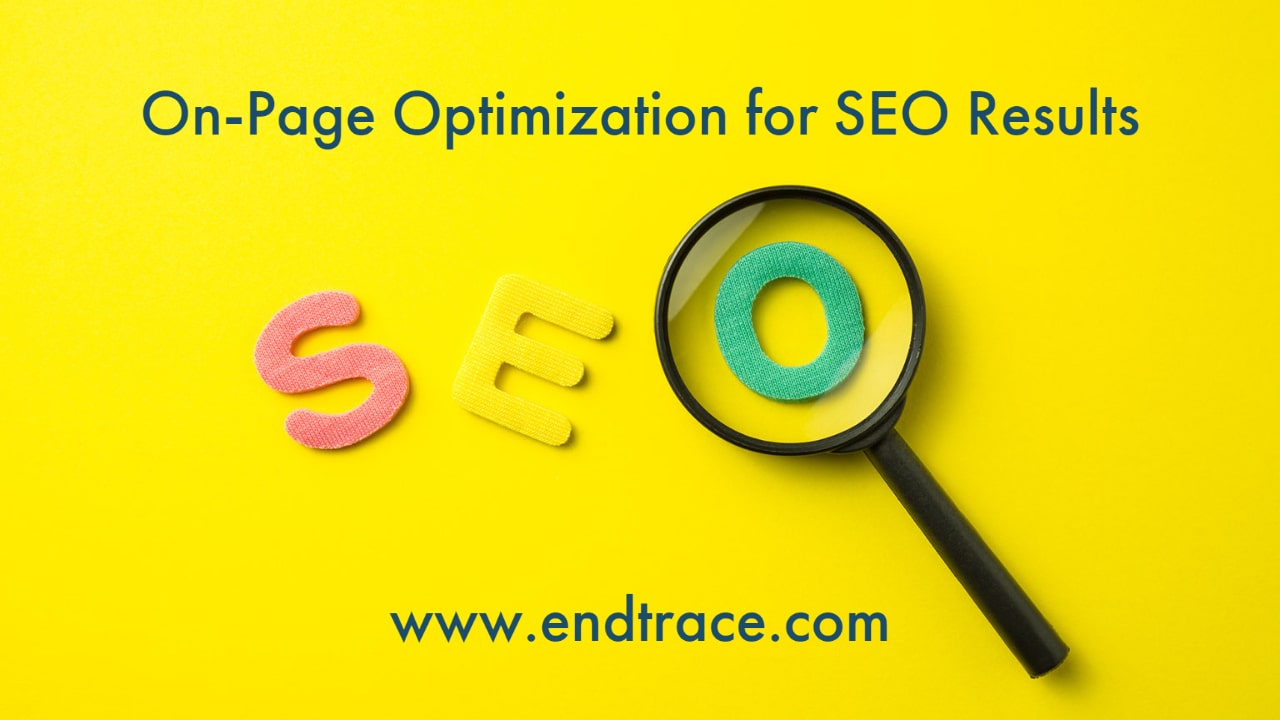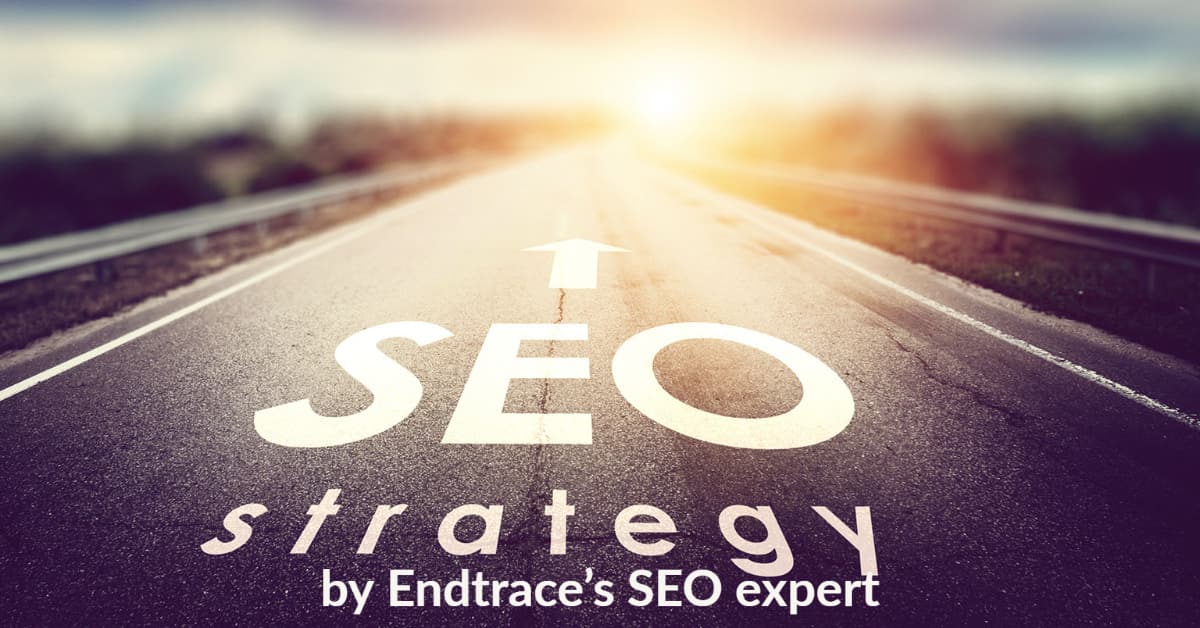
Introduction:
Explanation of SEO
Search Engine Optimization (SEO) is the process of optimizing a website to rank higher in search engine results pages (SERPs) and attract more organic traffic. It involves improving various elements of a website, both on and off the website, to make it more search engine friendly and improve its visibility.
Importance of On-Page Optimization
On-Page Optimization is an essential aspect of SEO, as it helps to improve the ranking and visibility of a website in search engine results pages. By optimizing various elements within a website, such as content, meta tags, images, and URL structure, a website can become more search engine friendly and attract more organic traffic.
The purpose of this article is to provide a comprehensive understanding of On-Page Optimization and its various aspects. It will explain what SEO On-Page Optimization is, its benefits, and various techniques and components involved in it. This article will also answer common questions related to On-Page Optimization and its relationship with other aspects of SEO.
On-Page and Off-Page Optimization
A. Definition of On-Page and Off-Page Optimization
On-Page Optimization refers to the optimizations that are made within a website to improve its ranking and visibility in search engines. It includes optimizing various elements like content, meta tags, images, and URL structure. On the other hand, Off-Page Optimization refers to the optimizations made outside of the website, such as building backlinks, social media marketing, and brand promotion.
B. Differences between On-Page and Off-Page Optimization
On-page optimization and off-page optimization are two important components of search engine optimization (SEO) that can help websites to rank higher in search engine results. The key difference between these two optimization techniques lies in the aspect of the website they target and improve.
On-page optimization focuses on optimizing the content and the HTML source code of the website to make it more search engine friendly. This includes optimizing elements such as the title tag, meta description, header tags, images, and internal linking.
On the other hand, off-page optimization focuses on improving the website’s visibility and credibility through external factors such as backlinks, social media presence, and online reputation. This involves increasing the number of high-quality links pointing to the website from other authoritative websites.
Both on-page and off-page optimization play a crucial role in determining the search engine ranking of a website. On-page optimization helps to make the website more search engine friendly, while off-page optimization helps to improve the website’s visibility and credibility. To achieve optimal search engine rankings, it is important to focus on both on-page and off-page optimization techniques.
C. Importance of both On-Page and Off-Page Optimization in SEO
Search Engine Optimization (SEO) is a crucial aspect of digital marketing that helps to improve a website’s visibility, ranking, and organic traffic. There are two main components of SEO, On-Page Optimization, and Off-Page Optimization, both of which are equally important for overall success.
On-Page Optimization refers to the optimization of elements within a website, including the content, structure, and code, to improve its relevance and visibility to search engines. On-Page Optimization techniques include keyword research, title tag optimization, meta description optimization, header tag optimization, URL optimization, and more. The primary goal of On-Page Optimization is to make the website easy for both users and search engines to understand, thereby increasing its ranking and visibility.
Off-Page Optimization, on the other hand, refers to the optimization of elements outside of the website that impact its ranking and visibility. Off-Page Optimization techniques include backlinking, social media optimization, local search optimization, and more. The primary goal of Off-Page Optimization is to increase the website’s credibility and authority by creating high-quality backlinks from other relevant websites.
In conclusion, both On-Page and Off-Page SEO Optimization are crucial for the overall success of SEO. On-Page Optimization helps to improve the relevance and visibility of the website to search engines, while Off-Page Optimization helps to increase its credibility and authority. It’s important to maintain a balance between both components for optimal results.

On-Page SEO with Example
A. Definition of On-Page SEO
On-Page SEO refers to the optimizations that are made within a website to improve its ranking and visibility in search engines. It includes optimizing various elements like content, meta tags, images, and URL structure.
B. Explanation of On-Page SEO with a Practical Example
Suppose a website is selling shoes and the primary keyword is “running shoes.” To optimize this website for On-Page SEO, the following optimizations can be made:
Content optimization: The content of the website should include the keyword “running shoes” in an appropriate density and should be well-written and informative.
Meta tag optimization: The meta title and description should include the keyword “running shoes” and provide a brief overview of what the page is about.
Image optimization: The images used on the website should be optimized with appropriate alt tags that include the keyword “running shoes.”
URL structure optimization: The URL structure should be optimized by including the keyword “running shoes” in the URL.
By making these optimizations, the website will become more search engine friendly and rank higher in search engine results pages for the keyword “running shoes.”
C. Benefits of On-Page SEO
On-Page SEO provides numerous benefits, including:
Improved visibility in search engines: By optimizing various elements within a website, a website can rank higher in search engine results pages and attract more organic traffic.
Better user experience: On-Page SEO optimizations can help to improve the overall user experience, making a website easier to navigate and more informative.
Increased credibility: By providing high-quality and relevant content, a website can establish itself as a credible source of information in the eyes of search engines and users.
Better conversion rates: A well-optimized website can provide a better user experience, resulting in improved conversion rates and increased revenue.
Also Read:
How to Perform a Technical SEO Audit for a website?
How to Improve Organic CTR Website – SEO Ranking Tips?
Off-page SEO Optimization Techniques to drive organic traffic
12 SEO Techniques :How to grow Organic Traffic of Website
Top 10 SEO Success Factors to Rank High in SERP
Technical SEO Guide: Crawl, Index, Rank your website quickly
On-Page SEO in Simple Words
A. Explanation of On-Page SEO in Simple Terms
On-Page SEO can be described as the optimizations made within a website to improve its ranking and visibility in search engines. It involves optimizing elements like content, meta tags, images, and URL structure to make the website more search engine friendly.
B. Understanding the Key Components of On-Page SEO
The key components of On-Page SEO include:
Content optimization: Writing high-quality and relevant content that includes the target keywords in an appropriate density.
Meta tag optimization: Writing compelling meta titles and descriptions that include the target keywords and provide a brief overview of the page’s content.
Image optimization: Optimizing images used on the website with appropriate alt tags that include the target keywords.
URL structure optimization: Optimizing the URL structure by including the target keywords in the URL.

Benefits of On-Page Optimization
A. Explanation of the Key Benefits of On-Page Optimization
On-Page Optimization provides numerous benefits, including:
Improved visibility in search engines: By optimizing various elements within a website, a website can rank higher in search engine results pages and attract more organic traffic.
Better user experience: On-Page Optimization can improve the overall user experience, making a website easier to navigate and more informative.
Increased credibility: By providing high-quality and relevant content, a website can establish itself as a credible source of information in the eyes of search engines and users.
Better conversion rates: A well-optimized website can provide a better user experience, resulting in improved conversion rates and increased revenue. Find Common SEO onpage Mistakes on website
On-Page Optimization Techniques
A. Explanation of Various On-Page Optimization Techniques
On-Page Optimization techniques include:
Keyword research and optimization: Researching the target keywords and optimizing the content and other elements to include these keywords in an appropriate density.
Content optimization: Writing high-quality and relevant content that includes the target keywords and provides a positive user experience.
Meta tag optimization: Writing compelling meta titles and descriptions that include the target keywords and provide a brief overview of the page’s content.
Image optimization: Optimizing images used on the website with appropriate alt tags that include the target keywords.
URL structure optimization: Optimizing the URL structure by including the target keywords in the URL and making it easy to understand and remember.
Header tag optimization: Using header tags to structure the content and make it easier for users and search engines to understand the content’s hierarchy.
Internal linking: Linking to other relevant pages within the website to provide a better user experience and improve the website’s overall ranking. How to Start Link Building – A Comprehensive Guide | Endtrace
B. Importance of Using the Right Techniques for Optimal Results
Using the right On-Page Optimization techniques is crucial in achieving optimal results. By researching and optimizing the target keywords, a website can rank higher in search engine results pages and attract more organic traffic.
By providing high-quality and relevant content, a website can establish itself as a credible source of information and improve the overall user experience. By optimizing the various elements within a website, a website can improve its overall ranking and visibility in search engines. The Insider’s Guide to Google Rankings: Uncovering the Hidden Aspects of SEO
Primary Components of On-Page Optimization
A. Explanation of the Key Components of On-Page Optimization
The key components of On-Page Optimization include:
Content optimization: Writing high-quality and relevant content that includes the target keywords in an appropriate density.
Meta tag optimization: Writing compelling meta titles and descriptions that include the target keywords and provide a brief overview of the page’s content.
Image optimization: Optimizing images used on the website with appropriate alt tags that include the target keywords.
URL structure optimization: Optimizing the URL structure by including the target keywords in the URL.
B. Understanding How Each Component Contributes to the Overall Success of On-Page Optimization
Each component of On-Page Optimization contributes to the overall success of On-Page Optimization in a unique way. By optimizing the content, a website can rank higher in search engine results pages and attract more organic traffic. By optimizing the meta tags, a website can provide a compelling description of the page’s content and attract more clicks from the search engine results pages.
By optimizing the images, a website can improve the overall user experience and provide additional information to search engines. By optimizing the URL structure, a website can make it easier for users and search engines to understand the page’s content and hierarchy.
On-Page vs Technical SEO
Explanation of the differences between On-Page and Technical SEO: On-Page SEO refers to the optimization of elements that are within the control of website owners such as content, meta tags, headings, and images. Technical SEO refers to optimizing elements that are not within website owners control, such as website architecture, site speed, and mobile-friendliness.
Understanding how both complement each other in SEO: Both On-Page and Technical SEO are essential for a successful SEO strategy. On-Page optimization helps to ensure that the content is optimized for search engines and users, while Technical SEO audit ensures that the website is structured and optimized for search engines to crawl and index it effectively. Both need to be in balance for a website to rank high in search engines.
Conclusion
Recap of key points covered in the article: This article explained the importance of On-Page Optimization in SEO and discussed various elements that make up On-Page Optimization such as content, meta tags, headings, images, etc. It also highlighted the differences between On-Page and Off-Page optimization, On-Page and Technical SEO.
Final thoughts on the importance of On-Page Optimization in SEO: On-Page Optimization is crucial for the success of any SEO strategy. It is essential to optimize website content and structure for both search engines and users. By paying attention to On-Page Optimization, website owners can improve their website’s visibility and ranking in search engine results, leading to increased website traffic and higher conversions.
Also Read:
How do I start learn digital marketing Course?
Advanced SEO course Training in Hyderabad — 100% Practical
How to write Highly Shareable SEO Friendly Content step by Step Guide?
Best Google Ads — ppc training in Hyderabad by industry expert
How to Start Link Building – A Comprehensive Guide | Endtrace
List of 12 core SEO onpage ranking factors – Get SEO Training
How to perform an In-depth Technical SEO Audit Report manual
Related Articles
Are You Looking for Digital Marketing Projects for Best Practice?
You've aced your digital marketing course. Now what? The real challenge begins: gaining practical, hands-on experience. Theory alone won't cut it in...
How to Start a Digital Marketing Projects for Best Practice – Ultimate Guide
Starting a digital marketing project can seem overwhelming, but with a clear, step-by-step guide, you can navigate this journey with ease. Embarking...
Drive Traffic with Organic CTR: SEO Ranking Tips for Website
Introduction: Are you struggling to get your website to rank higher in search results? Are you frustrated by the lack of traffic your website is...
Crack the SEO Interview Q&A | Boost Your Skills & Poise
In our previous article, we covered 20 Technical SEO Interview questions and answers for aspiring SEO professionals. In this article, we will be...
How to do step-by-step SEO Competitor Analysis + Template
Introduction A. Importance of SEO competitor analysis In today's digital landscape, search engine optimization (SEO) has become a critical component...
Ace Your Technical SEO Interview: Strategies for Learner
1. Introduce about yourself in brief Answer: My name is [Your Name], I am a recent graduate with a Bachelor's degree in Marketing. Throughout my...
